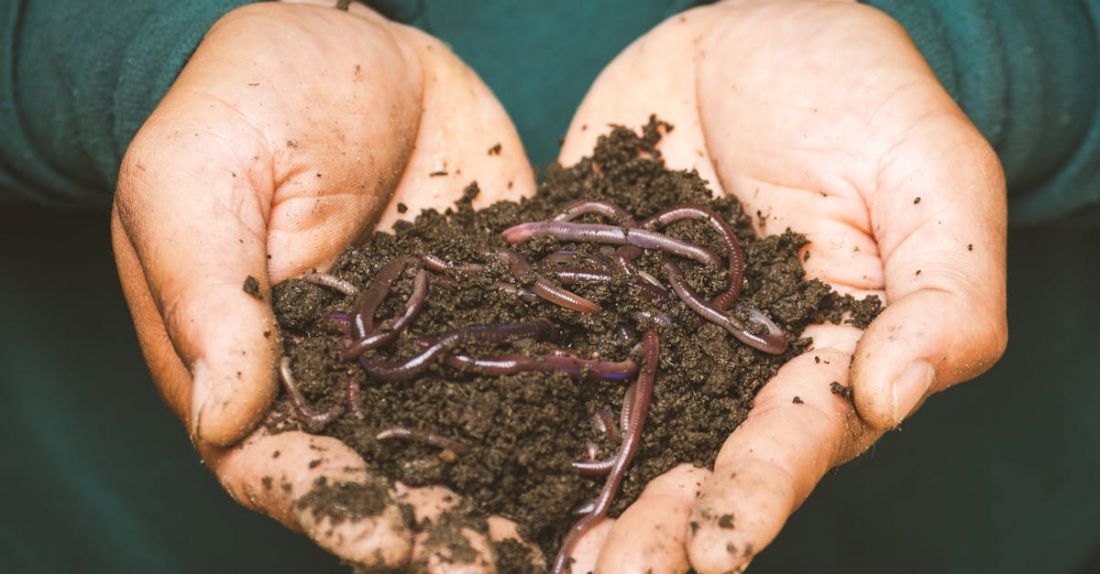
Waste-to-energy technology has emerged as a sustainable solution to tackle the dual challenges of waste management and energy generation. This innovative approach offers a way to convert waste materials into valuable energy sources, reducing the burden on landfills and providing a renewable energy option. By harnessing the power of waste, this technology has the potential to play a significant role in transitioning towards a more environmentally friendly and resource-efficient future. In this article, we will delve into how waste-to-energy technology works and the benefits it brings to the table.
### Understanding Waste-to-Energy Technology
At its core, waste-to-energy technology involves the conversion of various types of waste materials into usable forms of energy. This process typically takes place in specialized facilities known as waste-to-energy plants. These plants are equipped with advanced technologies that enable the efficient conversion of waste into energy, all while adhering to strict environmental regulations.
### Waste Collection and Preparation
The first step in the waste-to-energy process begins with the collection and sorting of waste materials. Municipal solid waste, biomass, agricultural residues, and other organic materials are typically used as feedstock for these facilities. Once the waste is collected, it undergoes a thorough sorting process to remove any non-combustible materials and hazardous substances. This ensures that only suitable waste materials are used in the energy generation process.
### Thermal Conversion
The most common method used in waste-to-energy plants is thermal conversion, which involves the combustion of waste materials to generate heat. This heat is then used to produce steam, which drives turbines to generate electricity. Through this process, the energy stored in the waste materials is effectively harnessed and converted into a usable form. Advanced technologies such as gasification and pyrolysis are also utilized in some facilities to further enhance energy production efficiency.
### Environmental Impact and Sustainability
One of the key advantages of waste-to-energy technology is its positive impact on the environment. By diverting waste from landfills and reducing the need for fossil fuels, these facilities help mitigate greenhouse gas emissions and alleviate the strain on natural resources. Additionally, the energy generated from waste materials can supplement traditional energy sources, contributing to a more sustainable energy mix.
### Economic Benefits and Resource Recovery
In addition to its environmental benefits, waste-to-energy technology also offers economic advantages. By converting waste into energy, these facilities create revenue streams from both electricity generation and waste disposal services. Furthermore, the recovery of valuable resources such as metals and glass from the waste stream adds another dimension of economic viability to the process. This resource recovery not only reduces the need for raw materials but also contributes to a more circular economy model.
### Future Prospects and Expansion
As the demand for renewable energy sources continues to grow, waste-to-energy technology is poised to play a more prominent role in the energy sector. With ongoing advancements in technology and increasing emphasis on sustainability, waste-to-energy plants are becoming more efficient and cost-effective. This trend is driving the expansion of waste-to-energy facilities worldwide, with many countries investing in infrastructure to support this innovative approach to energy generation.
### In Summary
Waste-to-energy technology offers a sustainable and efficient solution to the dual challenges of waste management and energy generation. By converting waste materials into valuable energy sources, these facilities help reduce environmental impact, create economic opportunities, and promote resource recovery. With ongoing developments in technology and increasing global interest in renewable energy, waste-to-energy technology is poised to make a significant contribution to the transition towards a more sustainable future.





